Real-time water data, simplified | Introducing HydroRIG™
In the world of environmental monitoring, timing is everything. When a storm hits, when contaminants spike, when water levels change—these are not events you want to find out about a day too late. Real-time data is no longer a luxury; it’s essential for water professionals striving to protect communities, ecosystems, and resources.
Yet, despite its critical importance, setting up real-time monitoring sites has often been an incredibly complex and specialized process. Between programming data loggers, configuring modems, verifying IP addresses, managing SIM cards, and stitching together data visualization systems, professionals have spent more time setting up systems than analyzing data. And that’s just to get your data network started. Troubleshooting telemetry alone can delay deployments and compromise data collection.
At Xylem, we’ve seen these pain points firsthand across countless field deployments. That’s why we developed HydroRIG—a purpose-built Remote Intelligent Gateway designed to remove the complexity from real-time monitoring and get you connected to your data in minutes, not days.
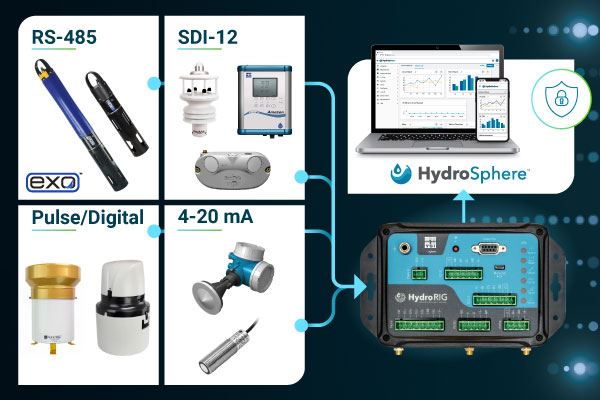
Why real-time monitoring matters more than ever
The shift toward real-time data isn’t just a trend. It reflects a growing demand for smarter, more responsive water management. When you're monitoring a watershed, wastewater treatment plant, or a remote environmental site, the decisions you make rely heavily on what’s happening right now, not yesterday.
With real-time insights, field crews can time site visits more efficiently, emergency response teams can act quickly in the event of contamination or infrastructure failure, and utilities can make timely operational adjustments that save money and resources. From flood alerts to water quality alarms, the ability to monitor events as they unfold allows for faster, more informed decision-making.
But while the benefits are clear, the path to achieving real-time visibility has been anything but straightforward.
The challenges of traditional real-time sites
It’s important to understand the complexity of a traditional real-time monitoring setup to appreciate the level of expertise that is typically required of water professionals managing telemetered sites.
Typically, you begin with a collection of field sensors—measuring water quality, flow, level, weather conditions, or even video and images from cameras. Each sensor might use a different type of signal, from digital to analog, SDI-12 to serial. These signals must be routed through a data logger, which requires custom programming to properly interpret and package the data. That data then needs to be pushed through a modem or telemetry device—whether cellular, WiFi, satellite, radio, or other—which also requires separate configuration, potentially including SIM card management, IP addressing, and data routing settings.
Then there’s the challenge of sending that data to a cloud or network server, configuring the right protocols for transmission, storage, and visualization, and finally, getting it into a dashboard or interface that’s easy to use.
Every step requires expertise. Every device introduces a potential point of failure. And each site takes hours—sometimes days—to bench test, troubleshoot, and deploy in the field.
This kind of system complexity can be daunting, not only for newcomers to environmental monitoring, but even for seasoned professionals. And it poses a significant risk: if any link in the chain fails, your system can go dark, leading to gaps in data, missed events, or even damage to critical equipment.
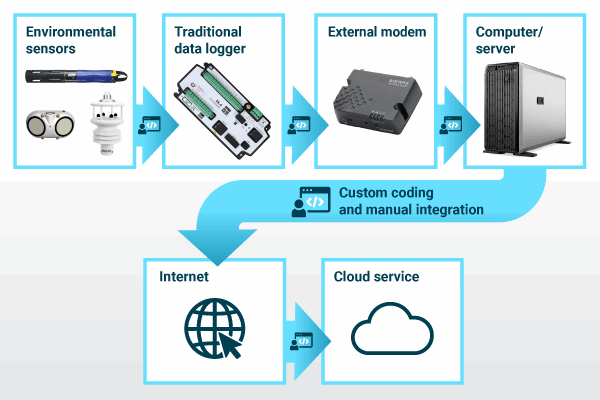
Introducing HydroRIG: The modern gateway to real-time data
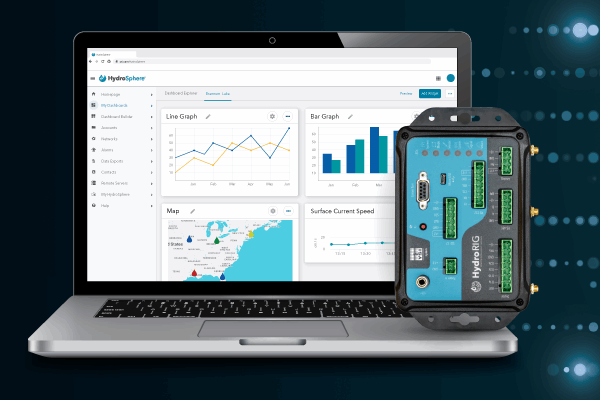
HydroRIG was born out of a simple but ambitious idea: real-time water monitoring should be accessible to everyone. It shouldn’t require a background in data engineering, and it shouldn’t involve hours of wiring and programming.
Unlike traditional setups, HydroRIG is not a data logger. It’s a Remote Intelligent Gateway—a compact, all-in-one device that takes the place of both the logger and modem. More importantly, it’s fully integrated with HydroSphere™, Xylem’s secure online data visualization platform. That means the moment you power on your HydroRIG, you’re already halfway to viewing live data.
The process is as simple as connecting your power and sensors, pressing a button, and claiming the device in your HydroSphere account using a unique code. Within 15 minutes, you're online and streaming real-time data.
There’s no need to program data loggers, configure modems, or manage complicated networking settings. The communication protocols, sensor integrations, and cloud connectivity are already built into the device. It just works.
A streamlined experience, from field to cloud
The HydroRIG user experience is designed to eliminate the roadblocks that typically come with building and deploying real-time monitoring systems.
Each device comes equipped with six intuitive LED indicators that show you the health and connectivity status of your system at a glance—from sensor communication and cellular signal strength to data server connection. Instead of deciphering a blinking red light, you’ll get clear, color-coded feedback about every key component.
HydroRIG also includes internal sensors that monitor system health, such as internal temperature, voltage, barometric pressure, and GPS. Even before you connect any external instruments, HydroRIG begins streaming helpful diagnostic data to HydroSphere. These built-in measurements can help you monitor environmental conditions inside your enclosure and prevent issues like overheating or moisture buildup.
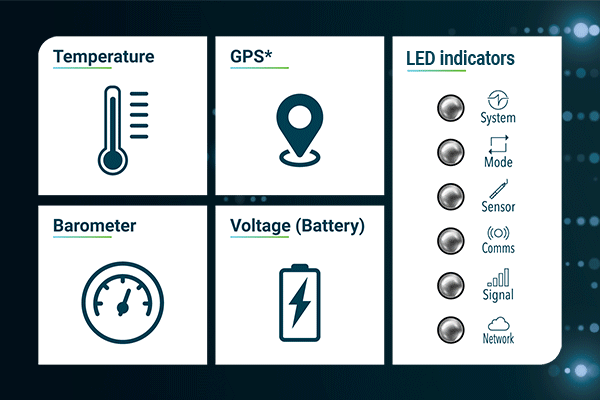
Once connected, HydroRIG communicates seamlessly with HydroSphere. Configure each of your sensors in a deployment template using the Instrument Library, where you can select from pre-loaded devices or create a custom configuration if needed.
If you’re using an EXO Sonde, the system will automatically recognize your connected sensors and populate all of the parameters instantly. The best part is you don’t need a Signal Output Adapter (SOA) to connect EXO to HydroRIG—they speak the same language. That’s one less piece of the puzzle to worry about.
This level of automation drastically cuts down setup time and ensures you can deploy sites quickly and confidently.
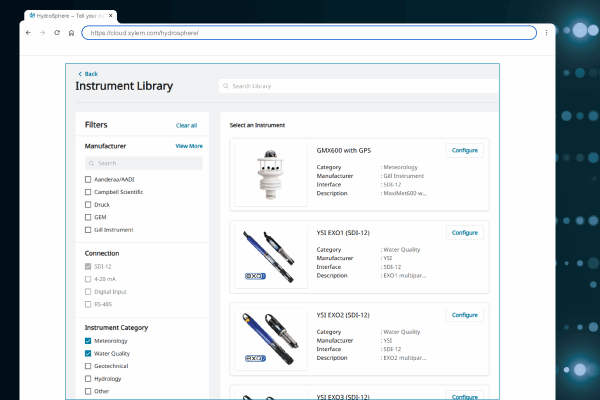
Compatibility and flexibility for any site
Environmental monitoring is never one-size-fits-all, and HydroRIG is built with that reality in mind.
It supports the most common sensor signal types—digital, analog, SDI-12, and RS-232—and works with sensors from any manufacturer. Whether you're using YSI EXO Sondes, the SonTek SL or IQ ADCP, meteorological sensors, shaft encoders, rain gauges, or even third-party water quality devices, HydroRIG can bring it all online.
The device itself is compact, rugged, and IP50-rated, making it suitable for installation in existing enclosures, buoys, or field boxes. Quick-disconnect terminals and clearly labeled ports make wiring intuitive, even for field technicians without an electrical background. For added simplicity, sensor wiring diagrams are available directly in HydroSphere’s Instrument Library.
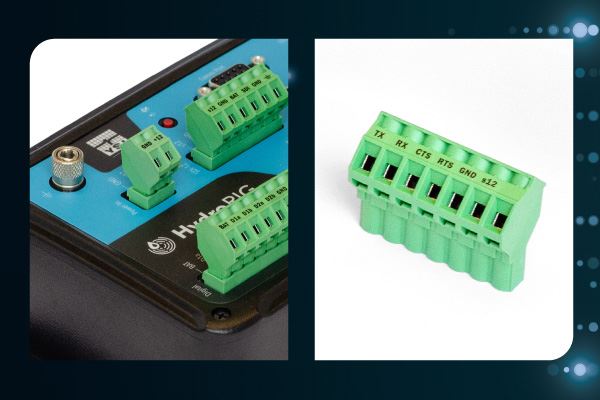
HydroRIG also supports flexible connectivity. In North America, the UK, and continental Europe, units can be shipped with a pre-installed SIM card for immediate use. Or, if you prefer to use your own data provider, the SIM card slot is easy to access. HydroRIG will even be compatible with satellite communication for even more remote deployments.
Building a smart watershed with HydroSphere
Once your HydroRIG devices are deployed and streaming data, HydroSphere becomes your control center—a live map of your monitoring network, accessible from anywhere with an internet connection.
The homepage displays each of your connected sites, with customizable visual indicators that reflect system status or triggered alarms. Whether you’re tracking one site or hundreds, HydroSphere helps you understand watershed-wide conditions at a glance.
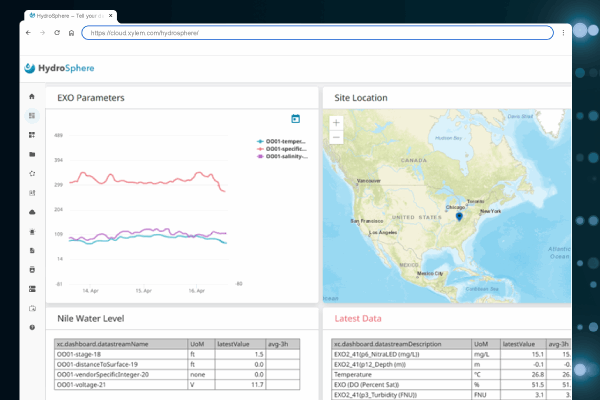
Each site can have its own custom dashboard displaying live charts, data tables, and key parameters. You can also create shared dashboards for stakeholders or the public—view-only pages that offer transparency without compromising data security.
HydroSphere’s alarm system lets you set custom notifications based on any parameter you choose—whether it’s a drop in voltage, a spike in turbidity, or a combination of conditions across multiple sensors. Alerts can be sent via email or SMS to one or multiple recipients, allowing for timely, informed action.
Data isn’t locked into the platform, either. You can download it manually as a CSV file or automate regular exports to your email inbox. If you need to move data into another system, HydroSphere offers remote server access via SFTP and HydroLINK API transfer for seamless data sharing.
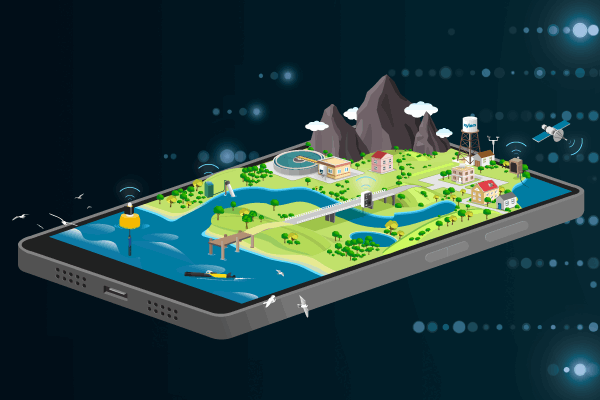
Scale as you grow
One of the most exciting aspects of HydroRIG is how scalable it is. You can start with just a few pilot sites to test out the system and expand over time without changing your infrastructure. HydroSphere lets you organize sites into Networks—logical groupings based on geography, projects, or priorities—and manage them as a unit.
For larger monitoring programs, you can even apply deployment configuration templates across multiple HydroRIGs to standardize your data collection intervals, sensor parameters, and alarm conditions. This reduces human error, speeds up deployments, and keeps your system consistent.
Turnkey support when you need it
If you're looking for a fully supported solution, YSI/Xylem Field Services offer end-to-end services that go beyond hardware. From custom system design and on-site installation to regular sensor calibration, field maintenance, and remote support, our teams can take the entire setup and management process off your hands. You can even opt for Data as a Service (DaaS) and simply receive reliable data, without managing the equipment yourself.
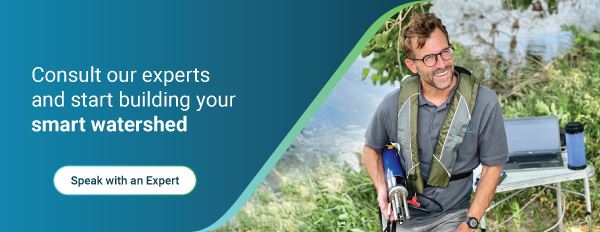
The future of monitoring is here
The move toward real-time environmental monitoring is inevitable—and necessary. But it doesn’t have to be complicated.
HydroRIG is a bold reimagining of how we connect the field to the cloud. It simplifies every step of the process, from wiring and setup to data delivery and visualization. And it opens the door for more water professionals—regardless of technical background—to harness the power of real-time insights.
With HydroRIG and HydroSphere, you’re not just building monitoring sites. You’re building a smarter, more connected watershed.
Check out our Technology Reveal webinar for more information on HydroRIG.